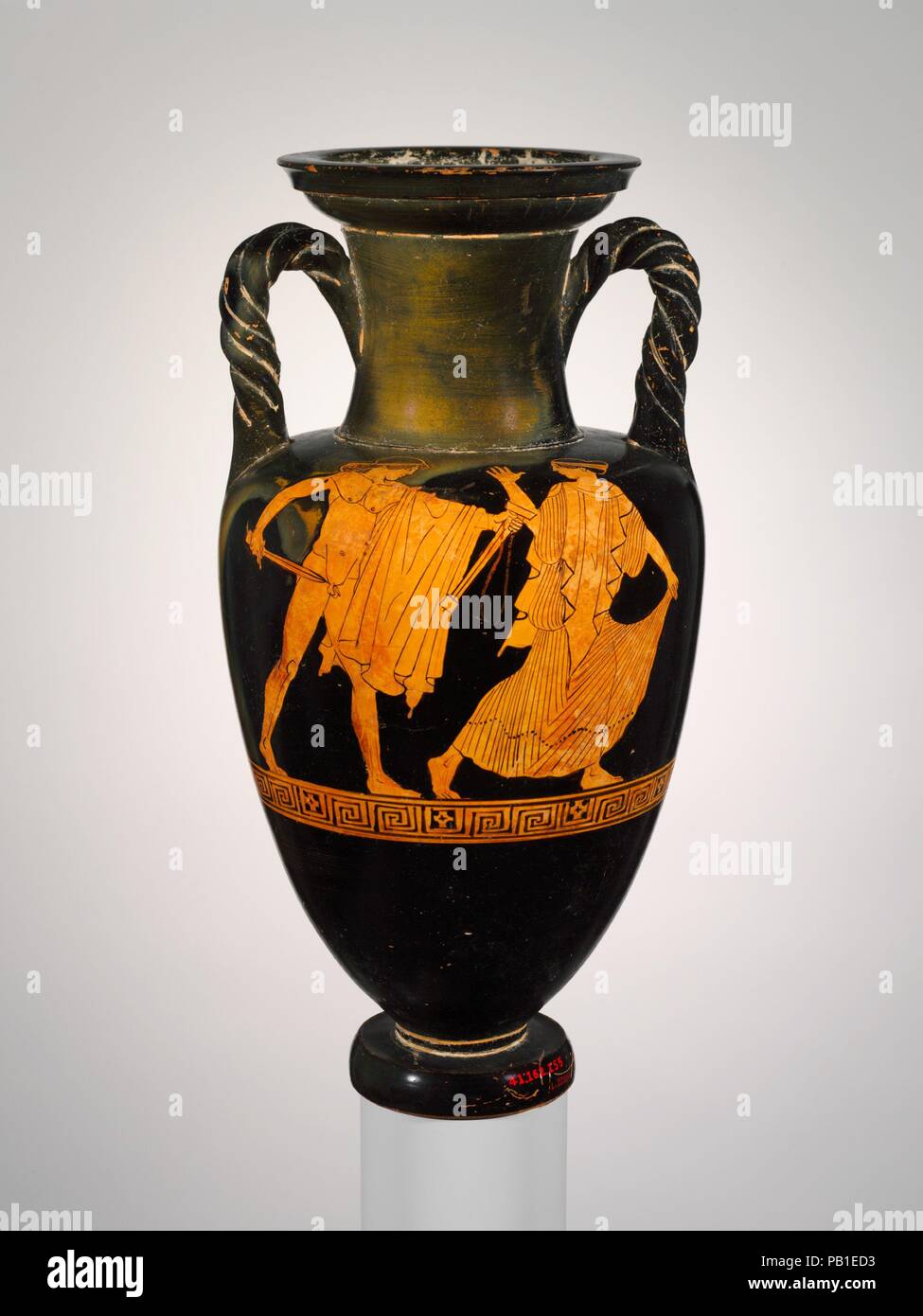Attic Stance Sculpture

It is used in the visual arts to describe a human figure standing with most of its weight on one foot so that its shoulders and arms twist off axis from the hips and legs in the axial plane.
Attic stance sculpture. In ancient greek kouros means youth boy especially of noble rank. The gentle exaggeration in the stylised curves of this horse both in the stance and muscles are recognised characteristics of wibom s technique. Although kouroi have been found in many ancient greek territories they were especially prominent in attica. The sculpture of ancient greece is the main surviving type of fine ancient greek art as with the exception of painted ancient greek pottery almost no ancient greek painting survives.
A kouros ancient greek. Modern scholarship identifies three major stages in monumental sculpture in bronze and stone. György s sculpture is a valid representation of the toll that grief truly takes a widened and never closed hole that we slowly mold fit and adjust to until we can find a new normal. Neo attic or atticizing is a sculptural style beginning in hellenistic sculpture and vase painting of the 2nd century bce and climaxing in roman art of the 2nd century ce copying adapting or closely following the style shown in reliefs and statues of the classical 5th 4th centuries bce and archaic 6th century bce periods.
The mannerists were a group of attic red figure painters known for their affected emotive subject matter. The pose provided a clear simple formula that was used by greek sculptors throughout the sixth century b c. Greek attic this is one of the earliest marble statues of a human figure carved in attica. The rigid stance with the left leg forward and arms at the side was derived from egyptian art.
First appearing in ancient greece in the early 5th century bce contrapposto is considered a crucial. Attic dek flooring walking deck boards for attic easy installation floor system for garage roof and more instant organizer new 4 panel pack black 4 4 out of 5 stars 58 67 99 67. And while this sculpture does show the devastating effect of grief it is important to note that this gaping hole is not the essence of grief itself. At all periods there were great numbers.
They were active from about 480 bce until near the end of the fifth century bce. It was first produced by a number of neo attic workshops at. This elegant and charming work of 1930s art deco design is by swedish sculptor and ceramist maggie wibom b 1899 d 1961. Kontrapˈposto is an italian term that means counterpoise.
κοῦρος pronounced plural kouroi is the modern term given to free standing ancient greek sculptures that first appear in the archaic period in greece and represent nude male youths. Furthermore vase painting began to be influenced by the changes occurring in both sculpture and the large scale painting of walls and panels.














































